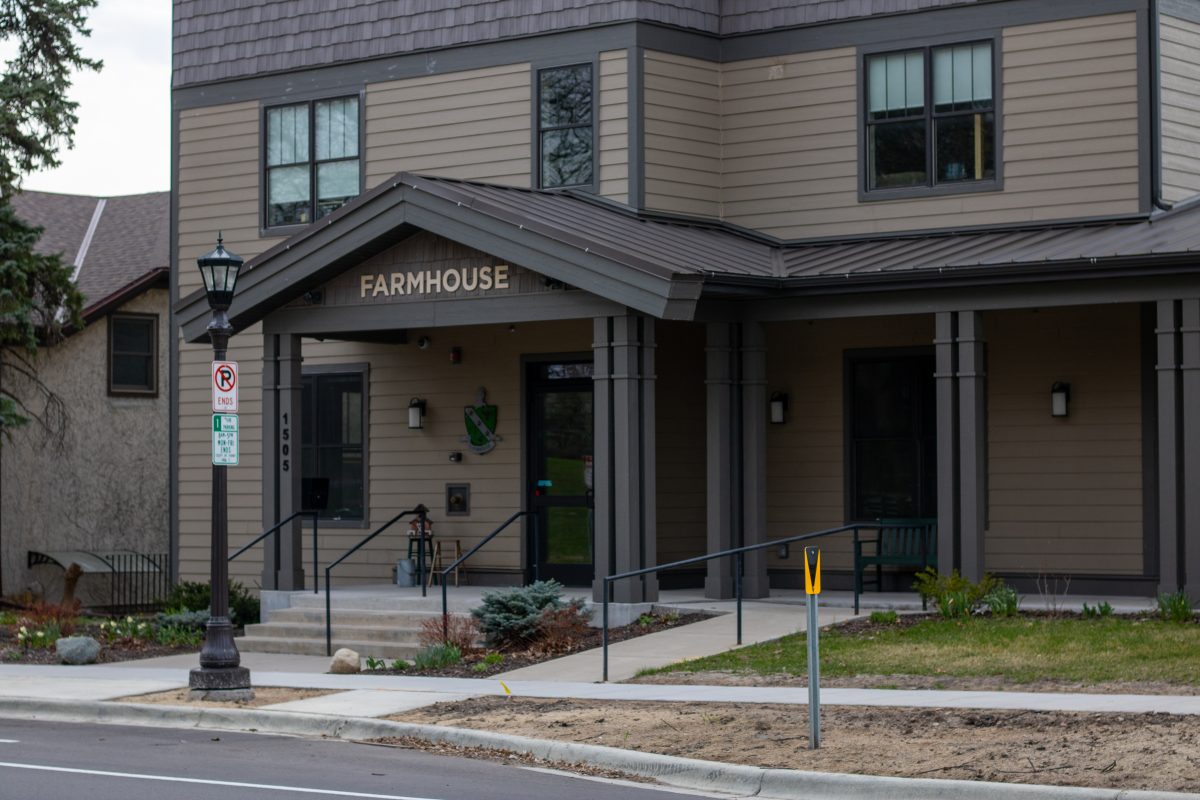Sexual assault is one of the most terrible crimes that a human being can be subjected to. It physically, emotionally and spiritually scars its victims.
According to a 2011 study by the University of Kentucky, only 39 percent of sexual assault cases are prosecuted, and only 18 percent result in a conviction.
A young woman is sexually assaulted; the circumstances may involve violence, coercion, excessive alcohol or stealthily administered dissociative date-rape drugs. The worst part has only begun for the survivor. There may be a pregnancy, a life-threatening disease, the fear of a trial or the uncertainty of action. There may be vicious comments by people who blame the victim for drinking too much or being promiscuous or “asking for it.” Because of these reactions, the crime may go undocumented or unpunished, and the criminal walks away from the experience.
The police have to be proactive and pay undeviating attention toward survivors of sexual assault, making them feel that the suspect of the sexual assault is taken seriously and follow through with action. Sexual assault is unique in its burden on a single victim. They must report and press charges, go through a trial and face their attacker. This is the ideal situation — more often than not the closure of facing your attacker is denied to sexual assault victims.
The worst part may be what happens after the crime. The cultural understanding of sexual assault is usually solely focused on the actions of the victim. We hear “don’t get raped,” but no one is telling us to “not rape.” Women are told that they shouldn’t go out at night alone or wear certain clothing or make certain decisions — but we should not accept burdens to be placed on perceived victims of rape. Choosing to see women as living in fear of sexual assault is demeaning to all.
There is also trouble with a justice system that requires a distinct decision within reasonable doubt and a crime with often cloudy circumstances.
There are often factors that make it difficult to prosecute given our justice system. Cases of sexual assault may involve mixed intentions on the part of the attacker and victim. An attacker may be a friend or loved one. Drugs and alcohol may lead to confusion. We often understand each other’s intentions from body language and more abstract notions rather than a simple “no,” which is the definitive answer in a sexual assault case, but sometimes a definitive answer isn’t present. There are gray areas that fail to fit into a black and white, guilty and innocent system. Often, the only clear thing that comes from a sexual assault case is that there was a misunderstanding.
The most effective way we can try to reverse trends in sexual assault is through fighting it on a cultural level. Victims feel the extreme burdens placed upon them. While we may feel inclined to get involved, that is not always the right option for a particular case. The hardest, yet most necessary way to help reduce the number of victims is to change the way we implicitly understand sexual assault. If victims are able and willing to be vocal about their experience, then we can try to better comprehend an often misunderstood crime.
I can’t fathom the sufferings that sexual assault survivors have endured. But I do see the clear cultural distinctions we make with its victims and perpetrators. The ways in which we attempt to reverse sexual assault statistics often unjustly demean victims and fail to understand a complex crime.










